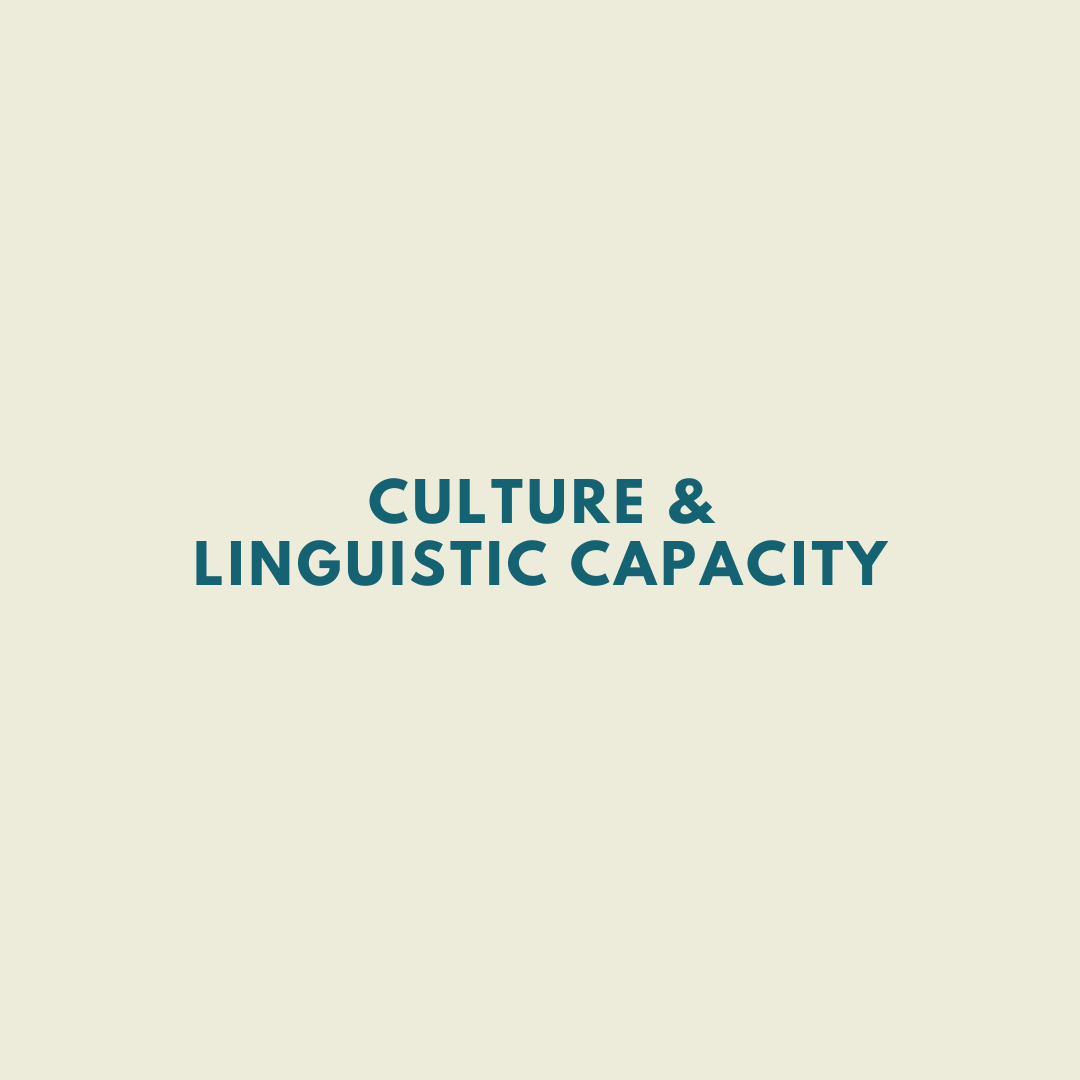
Fresh Ideas For CalFresh
Fresh ideas for CalFresh details reasons why Angelenos who qualify for public assistance don't apply. Locally known as CalFresh, this public food assistance program is federally known as SNAP (Supplemental Nutrition Assistance program; formerly Food Stamps). The report uncovers challenges faced by food insecure Angelenos; provides community-informed solutions for government officials to improve access.
-
Fresh Ideas for CalFresh is a nearly three-year project (2019-2022) documenting the experiences of over 400 food-insecure Angelenos across the county navigating public benefit programs like CalFresh. In fact, there are over 600,000 Los Angeles County residents who are eligible for CalFresh, but are not enrolled. Not having access to food impacts the health and well-being of families. The report found that the top reasons preventing Angelenos from applying to CalFresh include: misinformation, linguistic barriers, complex application process, lack of psychological safety, and not having access to quality grocery stores. This report offers a new window of opportunity for CalFresh program staff and systems of care providers to meet the needs, conditions, culture, and language of CalFresh-eligible clients. The full press release is available here.
-
From project leaders to funders, this report was shaped by those with lived CalFresh experiences. Fresh Ideas for CalFresh centers program improvements from critical and asset-based perspectives. This project was conducted in two-phases: First, a Listening Tour that engaged with over 400 community residents in low-income neighborhoods. Second, equipped with these community narratives, LAFPC strategized with systems of care stakeholders (i.e. government program administrators, policy advocates, and community-serving nonprofits) to identify ways to collectively improve the CalFresh culture in Los Angeles County.
-
From project leaders to funders, this report was shaped by those with lived CalFresh experiences. Fresh Ideas for CalFresh centers program improvements from critical and asset-based perspectives. This project was conducted in two-phases: First, a Listening Tour that engaged with over 400 community residents in low-income neighborhoods. Second, equipped with these community narratives, LAFPC strategized with systems of care stakeholders (i.e. government program administrators, policy advocates, and community-serving nonprofits) to identify ways to collectively improve the CalFresh culture in Los Angeles County.
Community Findings
Transforming CalFresh Culture
Uncertainty can happen to anyone, public food assistance programs should be a universal priority. We all play a role in improving our community food culture, especially for programs like CalFresh. The brief provides an ecosystem visual that shows the “big picture” of our relationship with food and the society we live in. It provides an intersectional (or multi-layered) view of how we as everyday people are connected to our communities and public policies. Food access improvements exist at different community levels and within ourselves as consumers, family members, friends, neighbors, and voters.
Additional Insights
CalFresh Stimulates the Economy
Every dollar received in CalFresh benefits is spent locally and stimulates the economy! People who seek public assistance are often stereotyped as an economic drain on society. This feeds into the stigma that prevents those who are seeking help from applying or using public dollars. Those who need programs like CalFresh should apply with dignity and without fear, guilt, or shame. When unemployment goes up and the economy is weak, every CalFresh/SNAP dollar spent increases the local gross domestic product by $1.54! CalFresh strengthens the economy by supporting farmers, food retailers, food processors, and food distributors.




